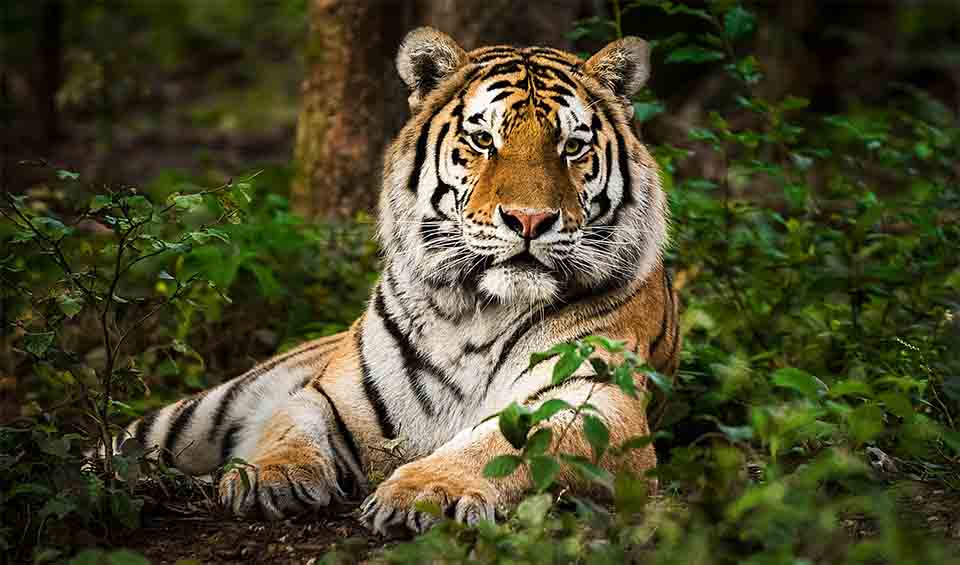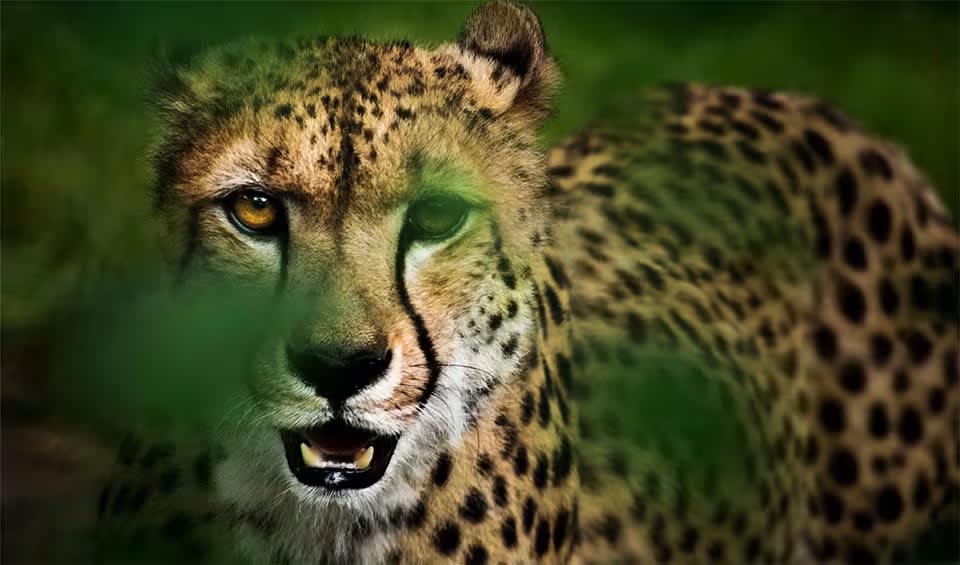A charming and petite bird that graces grassy areas, heathlands, and coastal regions across Europe and Asia. Despite its small size, this bird possesses striking features and fascinating behaviors that make it a beloved sight for birdwatchers and nature enthusiasts alike.
Males of the European stonechat are easily identifiable by their distinctive black heads and rusty-orange chest patches, which contrast beautifully against their otherwise grayish-brown plumage. In comparison, females exhibit a more subdued brown hue overall, blending in seamlessly with their surroundings to avoid detection by predators.
These delightful birds prefer habitats with open spaces adorned with short bushes and grass, making appearances in a variety of landscapes, including gardens, fields, and coastal dunes. They are particularly fond of perching on prominent vantage points, such as the tops of shrubs or fence posts, from where they can survey their surroundings and search for prey.
Communication is a forte for stonechats, as they emit a unique call resembling stones tapping together. This distinctive vocalization serves as a means of communication with their avian companions, helping to establish territory boundaries, attract mates, and coordinate movements within their social groups.
Distribution
 Algeria
Algeria Finland
Finland France
France Germany
Germany Greece
Greece Italy
Italy Kazakhstan
Kazakhstan Libya
Libya Mongolia
Mongolia Morocco
Morocco Norway
Norway Portugal
Portugal Russia
Russia Spain
Spain Sweden
Sweden Tunisia
Tunisia Turkey
Turkey United Kingdom
United KingdomAnything we've missed?
Help us improve this page by suggesting edits. Glory never dies!
Suggest an editGet to know me
Terrestrial / Aquatic
Altricial / Precocial
Polygamous / Monogamous
Dimorphic (size) / Monomorphic
Active: Diurnal / Nocturnal
Social behavior: Solitary / Pack / Herd
Diet: Carnivore / Herbivore / Omnivore / Piscivorous / Insectivore
Migratory: Yes / No
Domesticated: Yes / No
Dangerous: Yes / No




